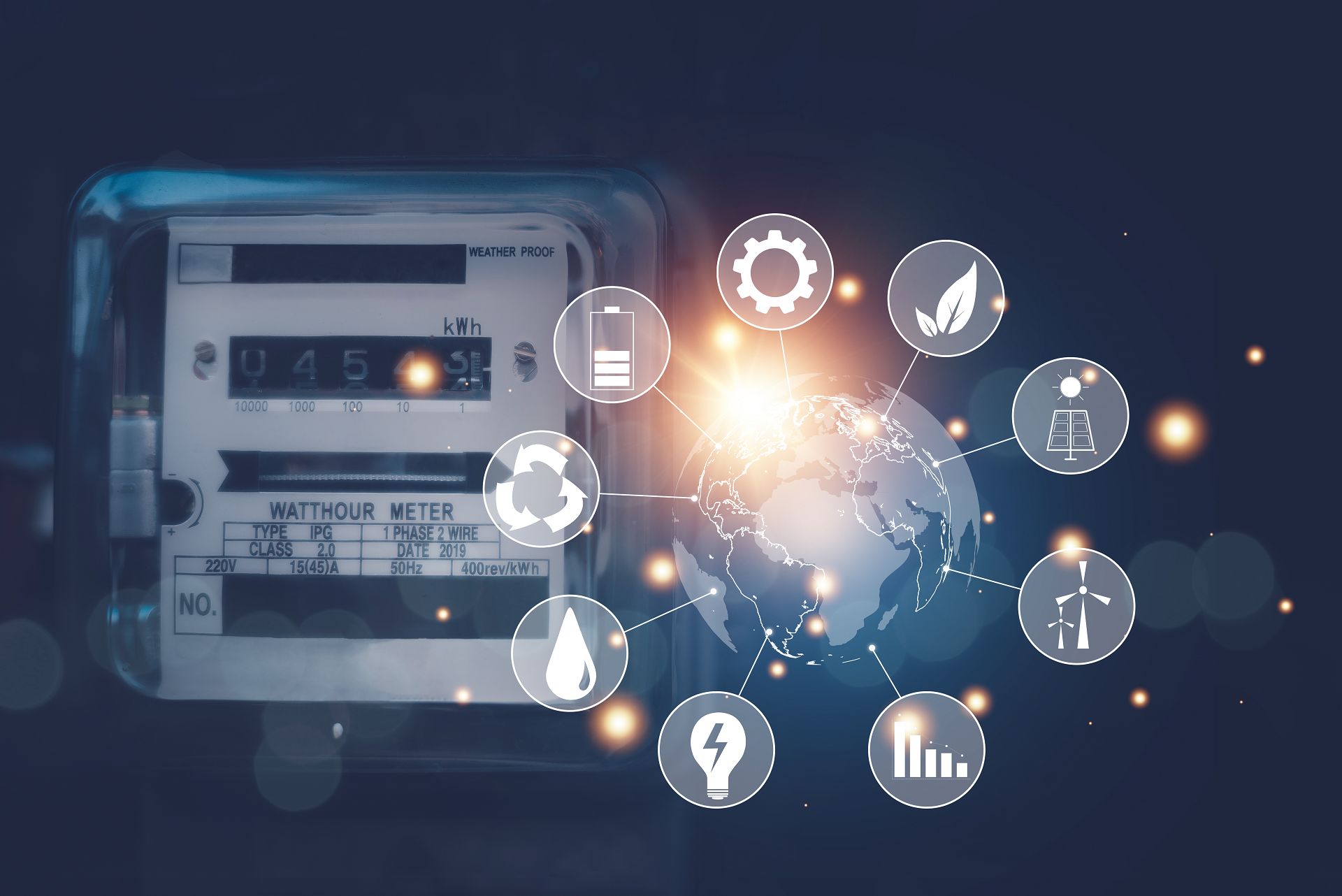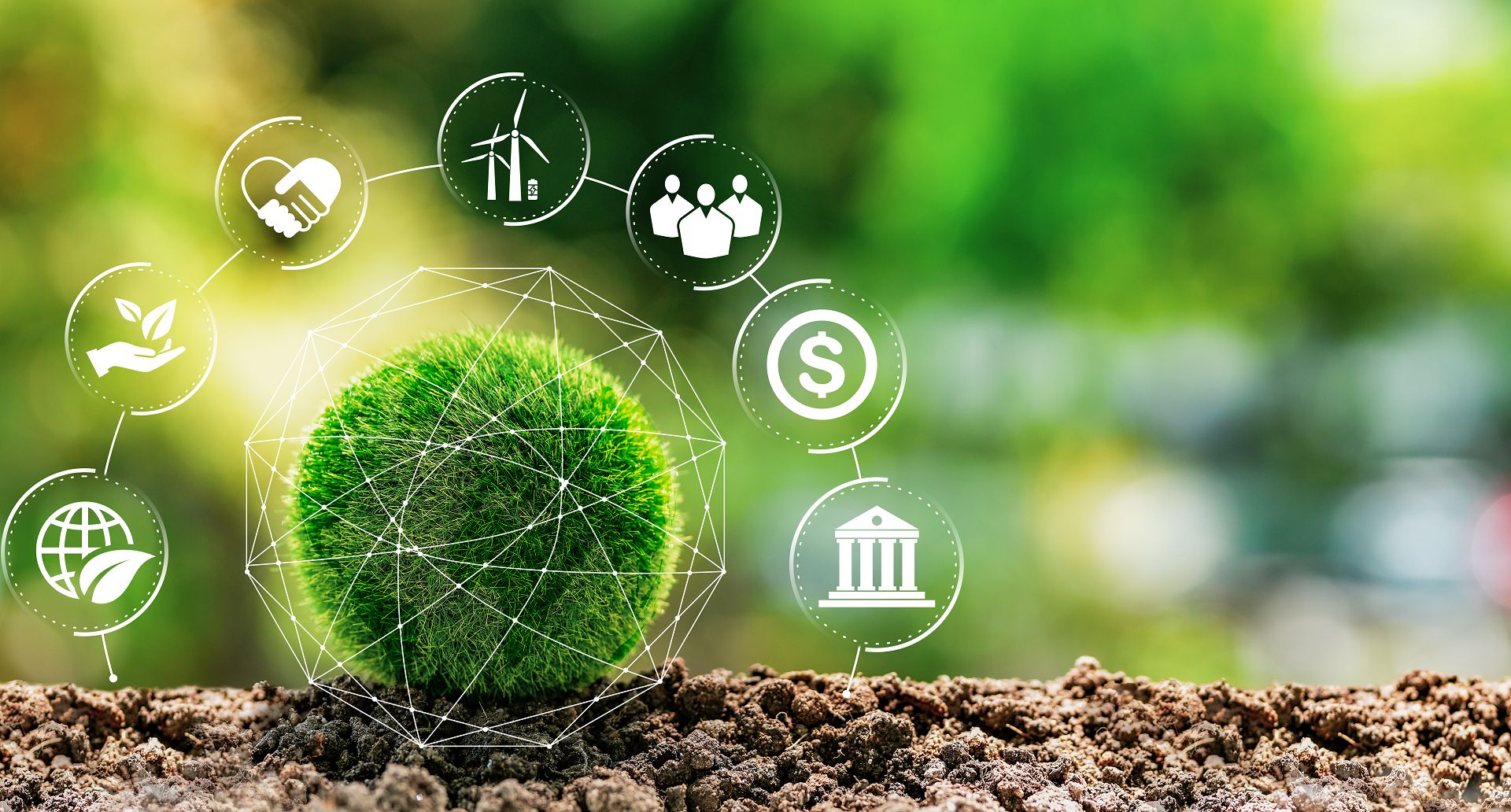In response to the "Sustainable Development Roadmap" promoted by the Financial Supervisory Commission and the "Taiwan Net-Zero Emissions Path" promoted by the National Development Council, TXC has invested resources and manpower to truly supervise the implementation progress and achieve the goal of "organization-wide net-zero emissions" Vision.

Carbon Emissions Management
Stay on top of carbon emissions and gradually move towards net zero
Category 1
Category 2
Category 3
Category 4
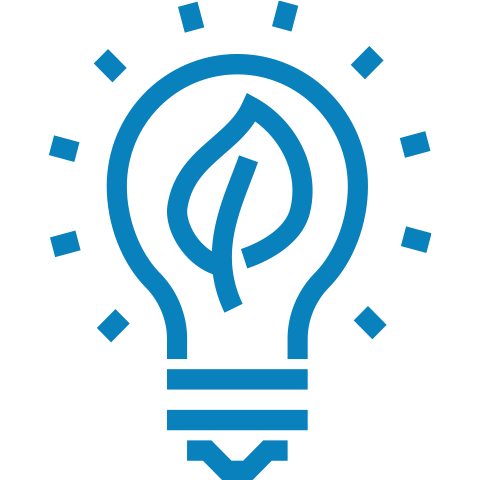
Conduct product carbon emissions examination
-
In accordance with the ISO14067 standard, the product-related carbon emissions examination is gradually carried out based on the product life cycle. The scope of the examination ranges from raw material procurement, design and manufacturing to product packaging and shipping. The calculation of the Carbon Footprint not only lets the customer know about the CO2 emissions generated during the product's life cycle. But also, the carbon information and product carbon footprint certification will continuously be promoted in the future; in order to enhance the market competitiveness of low-carbon products in the green supply chain.

Low carbon strategy and action plan

-
Due to energy use and greenhouse gas emissions, TXC mainly purchases electricity externally. It adheres to the strategy of improving energy efficiency, saving energy use and reducing greenhouse gas emissions. Which actively searches for measures and opportunities to ensure low-carbon emissions. To ensure the degree of implementation and effectiveness of the plan. In the process of actively promoting energy-saving and carbon-reducing, we will specifically carry out usage habits of energy recycling, energy-saving and improvement measures for factory facilities, equipment, and vehicles. In order to cope with future greenhouse gas emission reporting obligations and carbon fee payment risks.

Colleagues respond to low-carbon activities
-
Encourage colleagues to reduce elevator use under reasonable circumstances
-
When using air-conditioned areas, personnel should keep doors and windows closed
-
Ask employees to turn off lighting equipment that is not in use
-
Promote all departments to manually turn off the power of electrical equipment during off-duty hours, weekly breaks and consecutive holidays to reduce standby power consumption





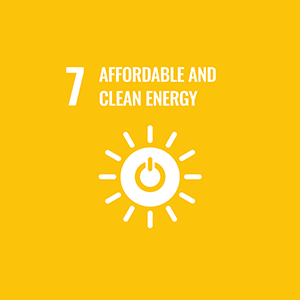

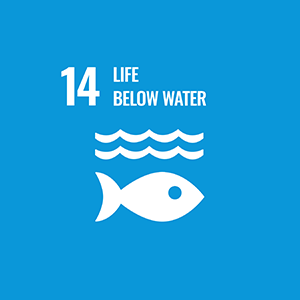
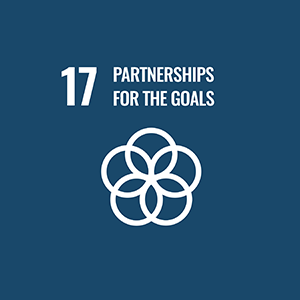
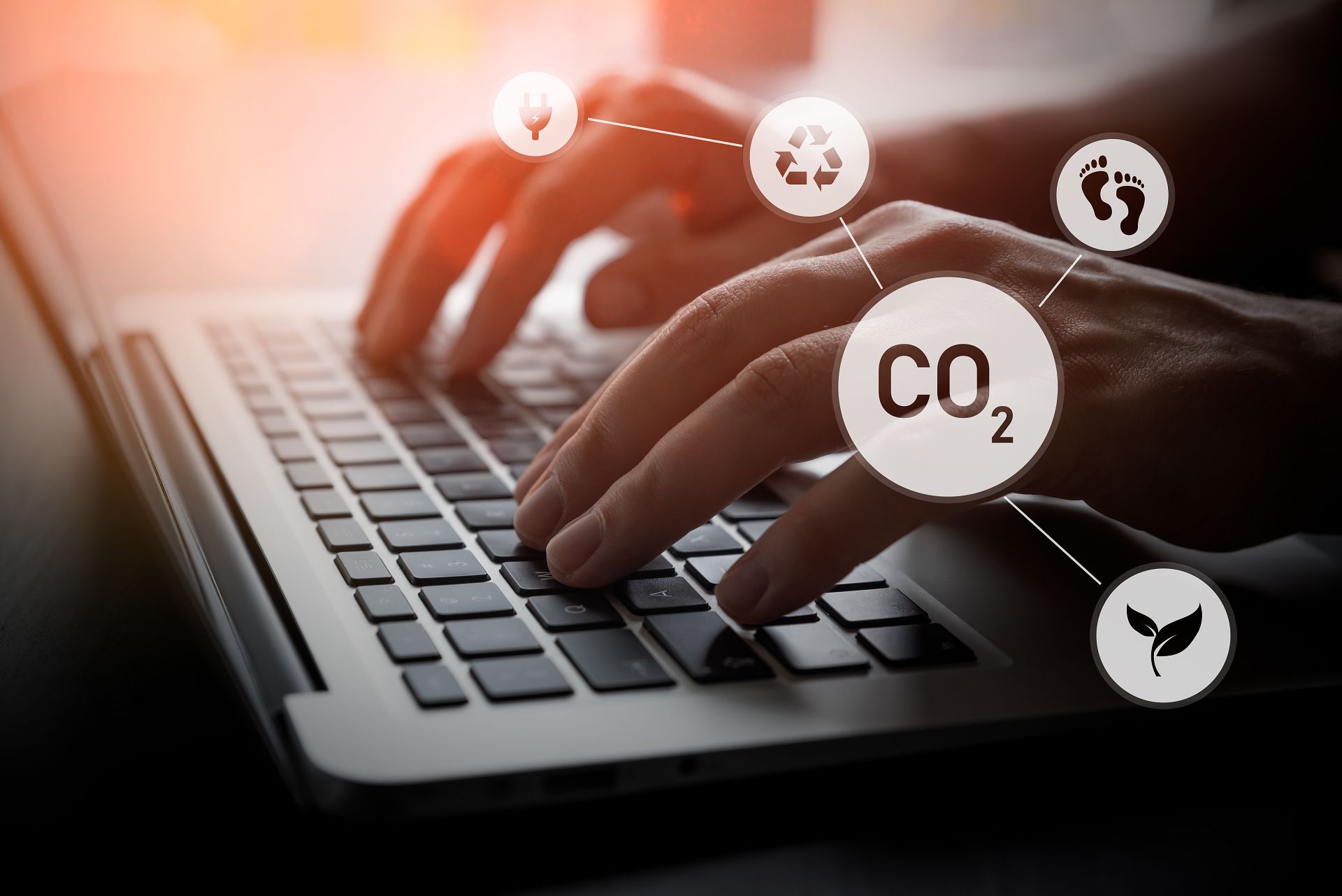


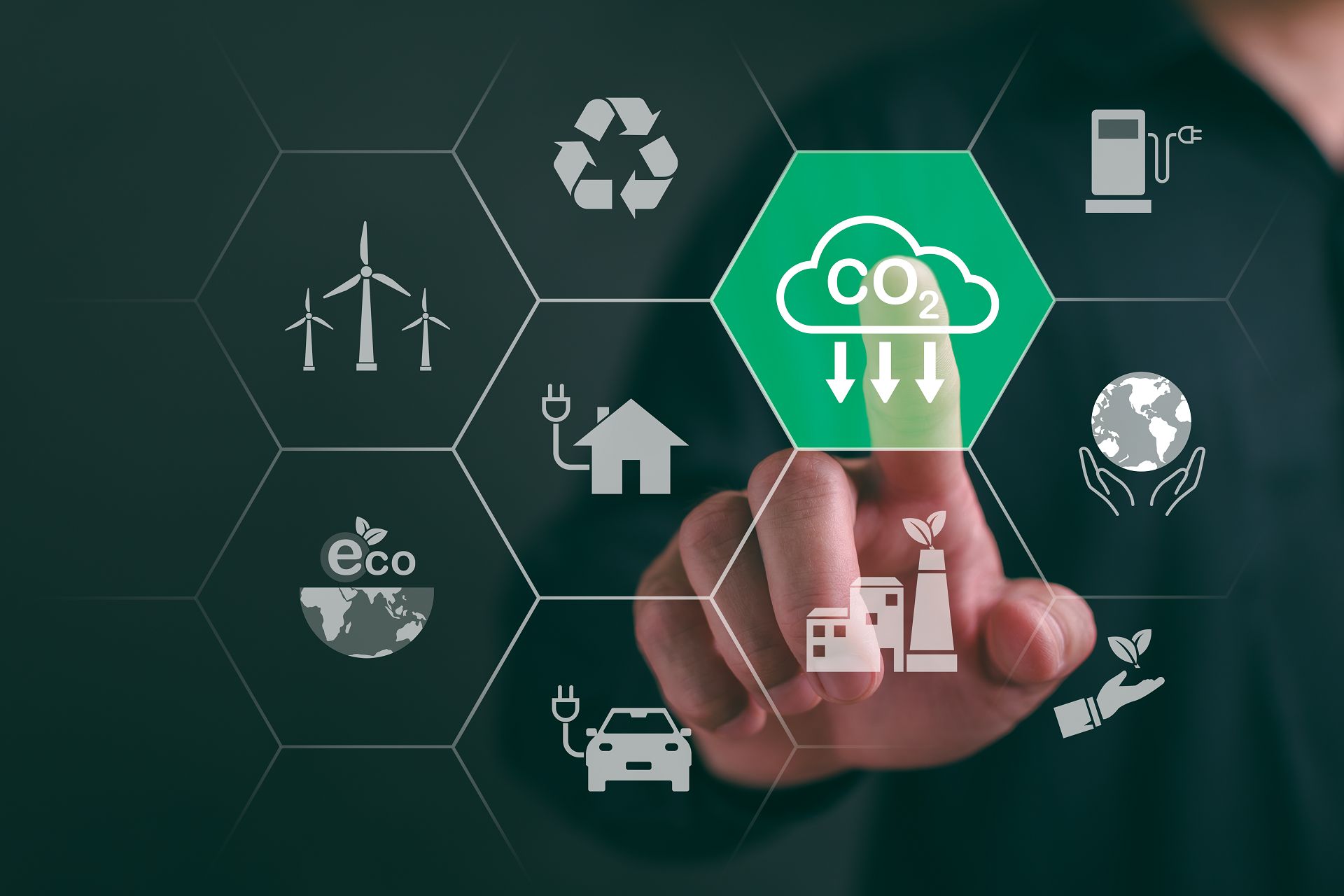
__23K10Ug0vk.jpg)
